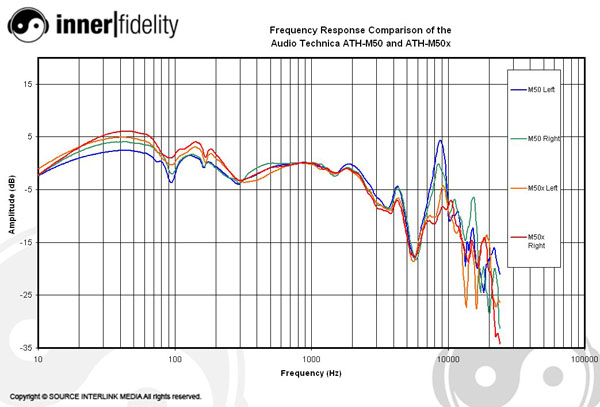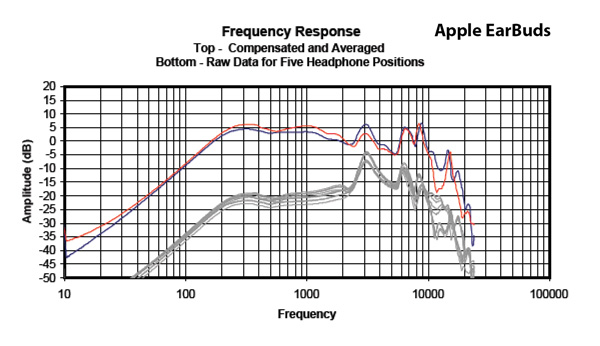
Speakers convert the power from the amplifier into sound. AC current is sent from the amplifier to a coil of wire in the speaker called the voice coil. This induces a magnetic field that interacts with a stationary magnet surrounding the voice coil. The interaction of the two magnetic fields causes the voice coil, and thus, the speaker, to vibrate and create sound.
“A bigger speaker system can reproduce a larger frequency range.”
A good transducer or speaker should have a lightweight and rigid diaphragm as well as a lightweight voice coil that can produce a large magnetic field. These physical attributes enable the driver to respond faster and more accurately to an electrical signal. Speakers with these attributes allow detail and dynamics in the music to come out more. Different sizes of transducers can only reproduce certain frequency ranges. A subwoofer or woofer is bigger and can play low frequency sounds. A smaller midrange driver is designed to play the main frequencies that we hear like voices and guitars. A high frequency transducer called a tweeter plays sounds like cymbals. These different types of drivers can be combined to form one speaker that can play a wider range of frequencies. In general, the larger the speaker, the better the sound.
Speakers and headphone rely a lot on what type of amplifier is driving them. Learn more about amplifiers here: Amplification

Similar properties carry over to headphones. Generally, larger drivers can produce a wider range of sounds. Also, a lightweight, rigid diaphragm improves sound quality. The following frequency response graphs show the sound signatures of two popular headphones. The wider the frequency response, the better the listening experience.


There are many types of music systems which can produce the greatest quality of music. The next page explains some of the recommended systems.
SITE MAP